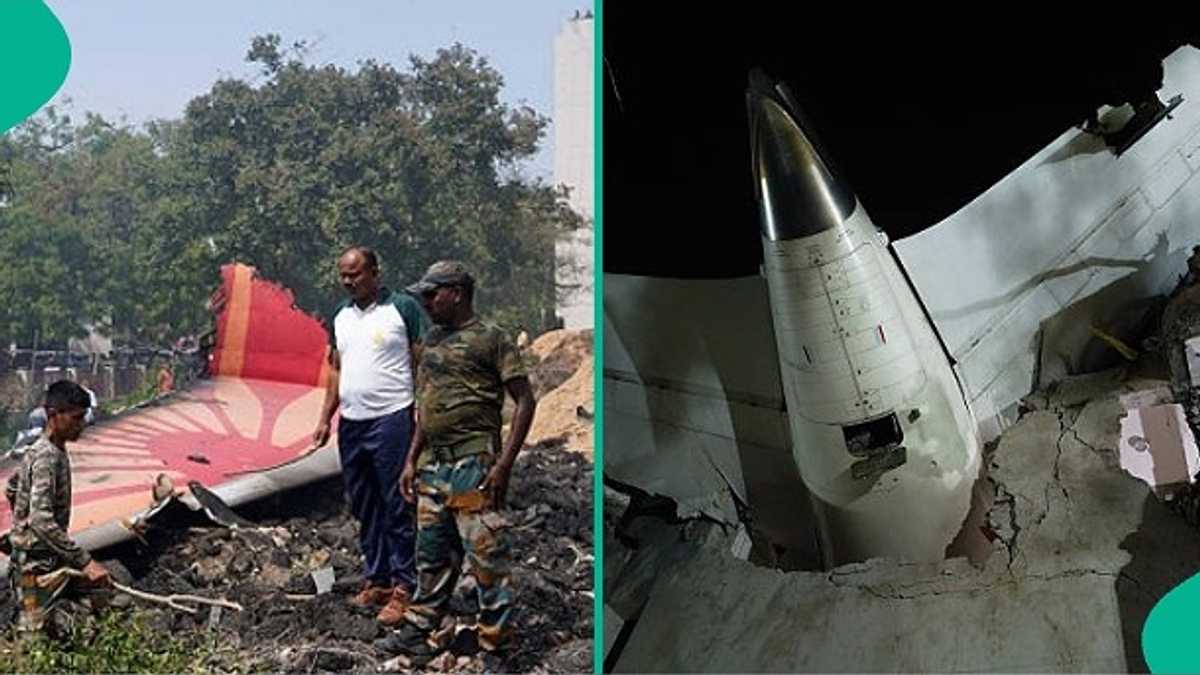
The Identification Process of Air India Flight 171 Crash Victims
The identification process for the victims of the Air India Flight 171 crash has been successfully completed, marking a significant milestone in the aftermath of the tragic event. The last victim was identified through DNA matching, bringing the total number of identified individuals to 260, which includes both passengers and non-passengers.
A Swift and Efficient Process
The identification of all remains recovered from the crash site in Ahmedabad was accomplished using DNA matching or facial recognition techniques. This achievement was made possible by the quick response and cooperation of the families of the deceased, who provided DNA samples that greatly accelerated the process. Typically, such identifications can take months, but in this case, the entire process was completed within just two weeks.
A total of 253 victims were identified through DNA testing, while six others were recognized through facial recognition. This rapid progress highlights the efficiency of the forensic teams involved in the operation. The identification of the last victim, a male resident from Kutch, was finalized late on Saturday night, allowing his relatives to receive the remains and begin their mourning process.
Details of the Crash
The London-bound Air India Dreamliner aircraft crashed shortly after takeoff on June 12 from Sardar Vallabhbhai Patel International Airport. The crash resulted in the loss of 241 lives out of the 242 people onboard. Vishwash Kumar Ramesh, a 40-year-old British national of Indian origin, was the sole survivor of the incident.
The impact of the crash also affected a nearby medical college's residential block, leading to additional casualties on the ground. Over 318 body parts were recovered from the crash site at Meghaninagar, emphasizing the severity of the tragedy.
Forensic Techniques and Collaboration
The DNA matching process was carried out at FSL Gandhinagar and the National Forensic Sciences University (NFSU), with samples collected at the Ahmedabad Forensic Science Laboratory (FSL). Bhargav Patel, Head of the Centre of Excellence in DNA Forensics at NFSU, explained the meticulous process involved:
"The DNA extraction process begins with careful sample preparation. Bone samples are meticulously ground into a fine powder, while tooth samples are first broken into small fragments before being similarly powdered. This is crucial for maximizing DNA yield from these challenging biological materials."
This level of detail ensures that even the most difficult-to-analyze remains can be matched accurately, providing closure to the families of the victims.
Public Reactions and Emotional Impact
The crash has elicited a wide range of reactions from the public, with many expressing condolences and support for the victims' families. Social media platforms have been flooded with messages of sympathy and prayers for those affected. Some users shared personal reflections on the tragedy, highlighting how close calls and near misses have shaped their perspectives.
One user, @Happy Mermaid, expressed deep sorrow: "So very very sorry to all who lost loved ones and friends to this horrific crash. Our hearts are with you and prayers to all involved in the plane and on the ground that lost their lives."
Another user, @ZARAoHARA, voiced concerns about the potential preventability of the incident, stating, "Could have been avoided if government had strict rules on aircraft checks. Sorry to all those broken."
Expert Advice on Grief and Healing
Mental health experts emphasize the importance of allowing families time to grieve and heal. Duke Ezikpe Mma, a psychotherapist, highlighted the need for space and quiet during the mourning period. He stated:
"There are times when individuals mourning should be left alone to figure out something and gain meaningful closure. Being left alone also involves news outlets not airing it too often. This can help the recovering individual gain closure."
Personal Stories of Loss
The emotional toll of the crash is evident in the stories of those who lost loved ones. One man, who had recently married his wife, was devastated upon learning of her death in the crash. He traveled to the city immediately, taking three days to complete the necessary procedures and bring her remains home for the last rites. Despite his grief, he remained composed, unable to cry even once.
Criticism and Calls for Change
In addition to the emotional impact, the crash has sparked discussions about the condition of airline infrastructure. A man shared images of damaged seats and dirty covers inside the aircraft, criticizing Air India for the state of its facilities. His call for the airline to shut down temporarily has resonated with many, highlighting concerns about safety and maintenance standards.
The tragic events surrounding the Air India Flight 171 crash have left a lasting impact on the community. As the identification process concludes, the focus shifts toward healing, accountability, and ensuring that such incidents do not recur.
Post a Comment